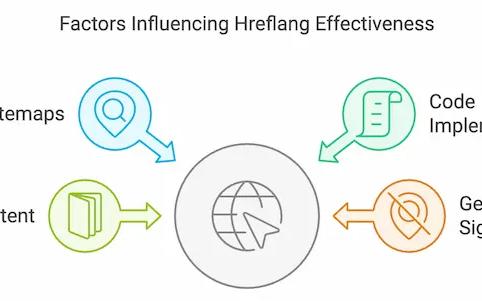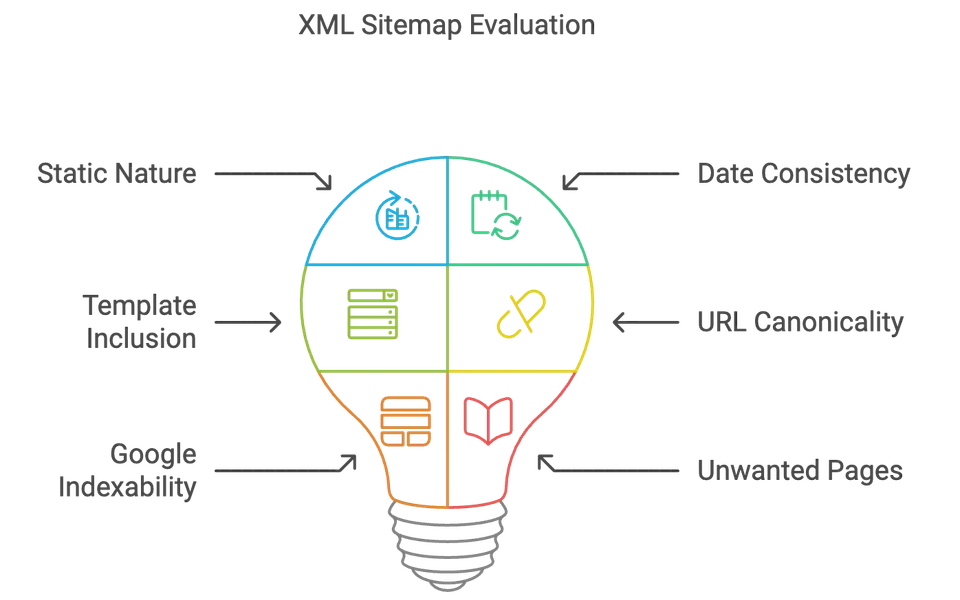I was surprised 4 years ago when so many digital marketing agencies put complete blind trust in the DA of a website, rather than looking at other more important metrics. What really surprises me though is that it is still recognised as the absolute identifier of a good link by a scarily large population of the SEO industry. I’m hoping to change some opinions through my mini rant.
Quick Definition to Stop Confusion
The confusion that often surrounds this is in understanding that Google will obviously have a form of ‘domain authority’, where more powerful the domain, easier it is for the page to rank for a term. When people talk about DA, 99% of the time they aren’t however talking about Google’s internal DA metric, they are actually talking about the Moz metric.
Moz DA is a score based on a websites number of linking root domains, the Mozrank and Moztrust, the total number of links and ‘a few other factors’ which aren’t deeply discussed. One thing I did find interesting is that a link will offer decreasing value after 6 months of being found, highlighting the importance of continuous links to keep a high score.
So What is My Beef?
Talk to a link builder and one of the first things you will hear when discussing a website is ‘what DA is it’. However the DA score doesn’t take into account real factors, such as whether the website has been hit by a penalty or seen the vast majority of its rankings decrease over the past few years, whether it is relevant to your industry etc.
I will give you a quick example. If you were to purely base your search on the DA score, then a digital marketing executive might feel really happy once they secure a link via http://www.directoryworld.net/. It has a DA score of 59, with thousands of backlinks, so what is the issue.
OK, lets start with the actual rankings. Using a quick check on either Semrush or Searchmetrics, I can quickly see Google isn’t a big fan, as can be seen below:

While this directory had some decent rankings in 2011/12, it now has an SEO Visibility score of zero.
Let’s look at it from a different perspective. This directory is free to get on, it links to websites of almost any background, including some incredibly spammy sites, it offers no relevance due to its ‘open approach’, it highlights the value of a link on multiple pages and it has some shady ads on there. A quick check would clearly show this, but if you were to blindly judge on DA then this could go unnoticed.
The same could be said for most directories or article submission sites, which Google has largely smashed, therefore a link builder should know this, however the lines become a bit more blurry when we look at other types of sites, so I will offer a personal case study below.
Case Study
I run the travel blog SpaghettiTraveller, which has a measly DA score of 24. If I was selling links, my first thought would be on how to increase this figure, as that seems to be the ‘be all and end all’ for link builders. Of course, I couldn’t give a toss, but I digress.
I then took a look at some fellow travel bloggers who had a pretty impressive DA score. The first thing I noticed was that looking at SEMrush, they really only had a couple of terms they were ranking for on Google, meaning the supposed metric of DA didn’t actually correlate at all with Google rankings, making it virtually useless.
I then decided to do a backlink analysis to see what types of links this site had built. It was clear they were doing blog post comments on almost a daily basis. Approximately 95% of the links were blog comments. Now don’t get me wrong, this was a great tactic 5 years ago, but for this to be the number one tactic now seems a bit lame.
A quick look at the articles showed they were genuine comments, meaning they weren’t just spamming out on Scrapebox, the way we all used to back in the day, but what sign are you sending Google if almost all of your links are blog comments, or to put it another way, almost none of those links are ‘earned’.
When I explained ‘earned links’ to a digital marketing agency last year, they really struggled to comprehend what I was saying. When I went into links all coming from the same C block looking spammy, they got even more confused. But while so many are doing it wrong, it makes it that much easier for those who are on the ball.
So to contrast with the graph above for the directory, below is my travel blog:

As you can see, the organic traffic is perceived to be increasing over time, as I continue to increase my rankings for terms with a high search volume.
So What Should I Use
As you will have seen from the screenshot of the graph above, I often use SEMrush, while I also often use SearchMetrics. They both do similar jobs, so this will come down to your budget. Why I like these tools is that they will look at the strength of the website based on the terms you rank for and the associated search volume. This will give a much more clear indication of the actual rankings, the trust on Google and the power of a link from this website.
Once again, this isn’t the be all and end all, as these tools have a pool of keywords which they check, meaning it won’t be able to find all your websites terms that are bringing in traffic, therefore it should just be used as an indicator. However as a link building metric, these offer a much greater vision of a websites trust and value on Google.
You can then also use this tool to see what terms they are ranking for, to look for relevance, as well as potential content ideas for your own website.




























































